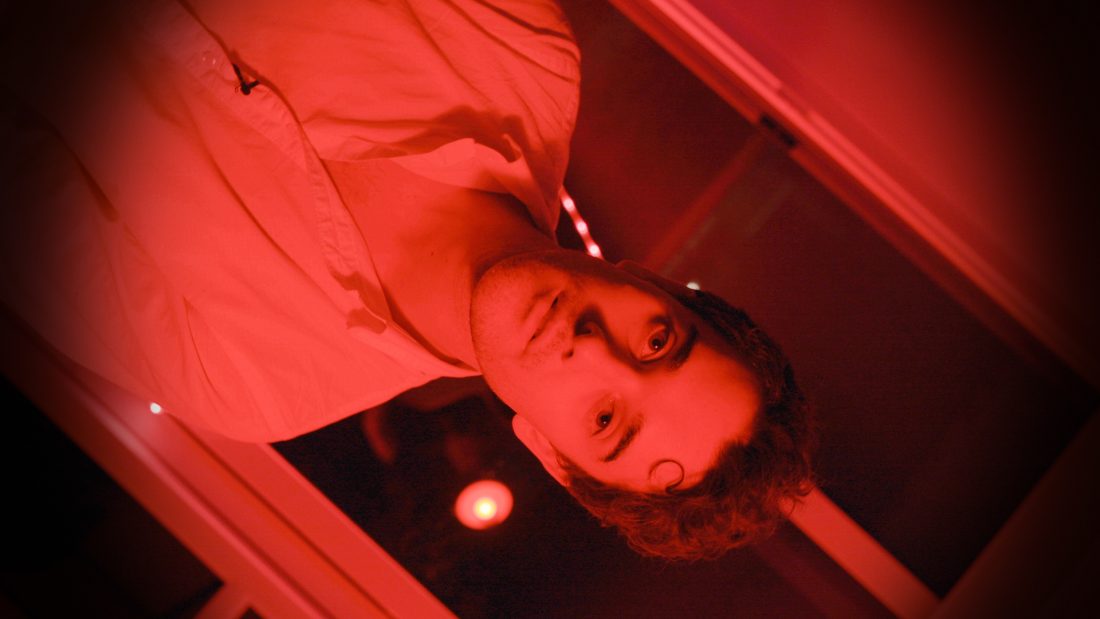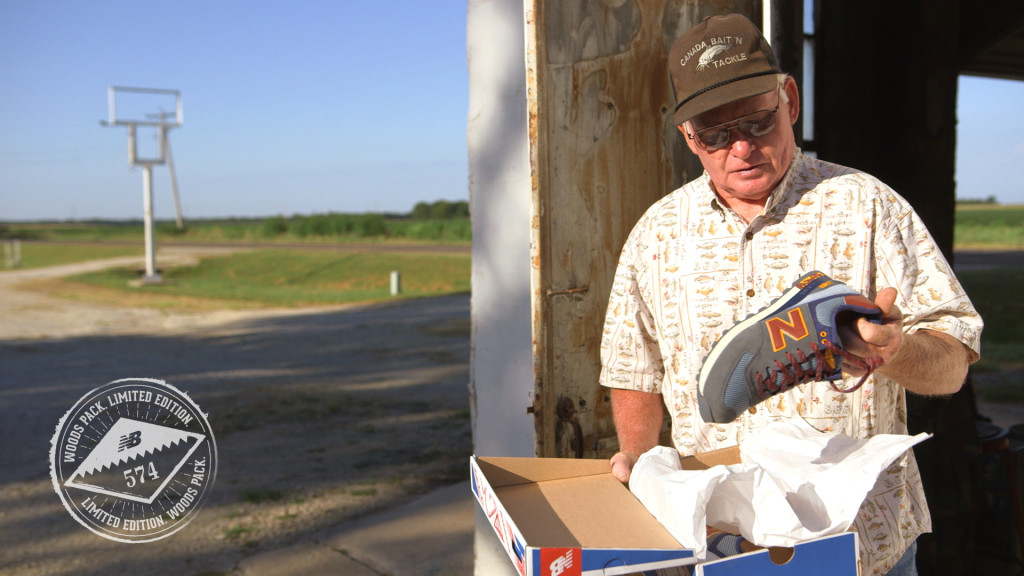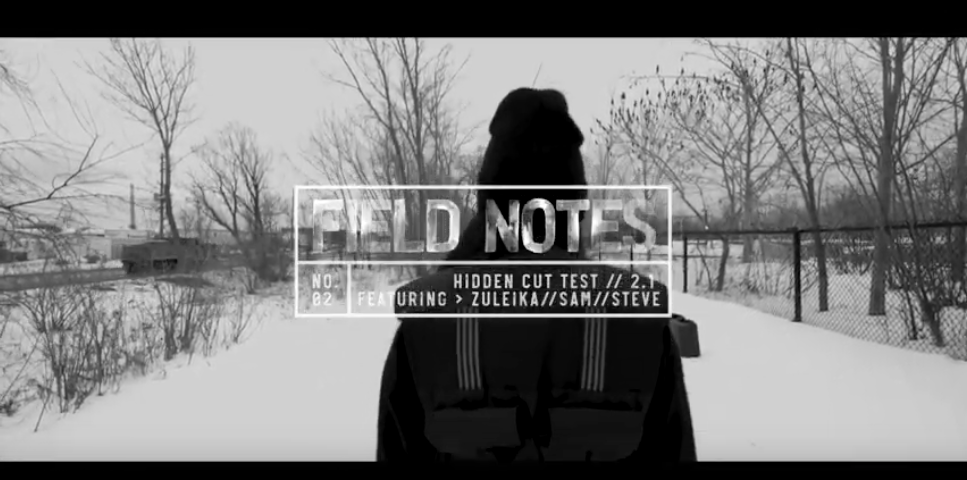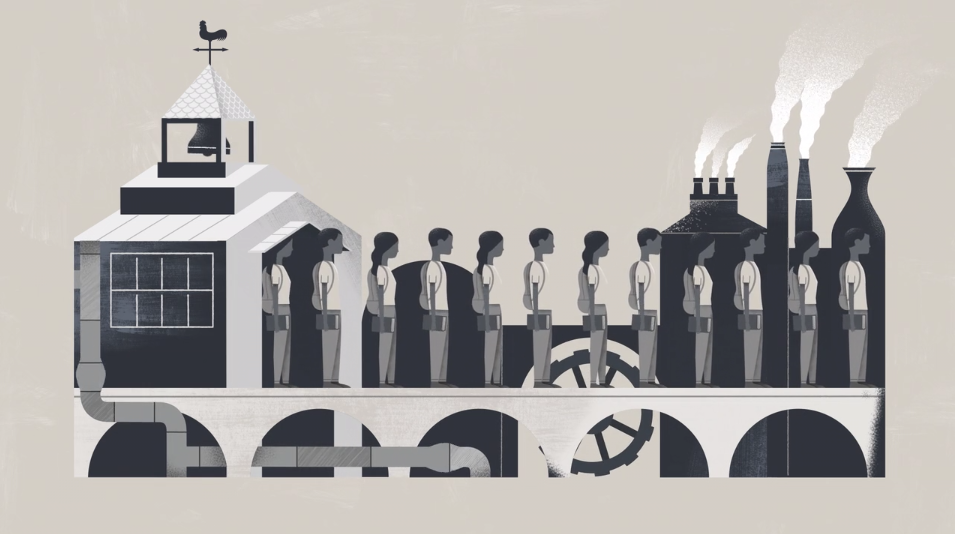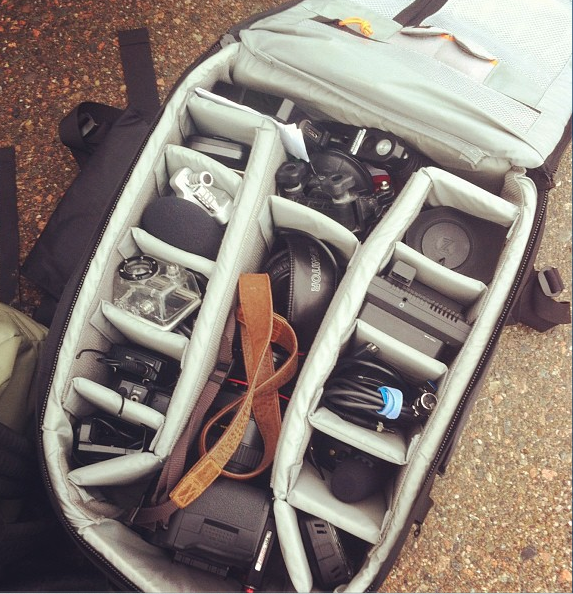
Picture This! It’s Just for the Web
December 12, 2012
“We need a video, but it’s just for the web.”
Translation: We need a video, but we don’t have a budget.
If you’re a media or video producer, you’re going to hear that expression a lot more.
With the rise of YouTube and the availability of quality, small format cameras, a number of people have the idea that videos don’t really cost that much.
That’s true to a certain extent. You can shoot and upload video from your iPhone in a matter of minutes. Only issue is that it’s probably going to look like you shot the video on your iPhone.
Traditionalists will argue, “you get what you pay for.”
We recently had one of these “web” calls. A major client wanted a video address from their president and senior VP. They only had $2,500.00 but they wanted a teleprompter ($600.00/day) and make-up ($400.00/day). Throw in a director, cameraperson, soundperson and post-production and pretty quickly you realize the numbers aren’t going to add up, even if you are working with half-day rates.
So – what do you do?
Say no? That’s hard with a long-term client. Send in a junior camera/sound person and a PA? Maybe, but no one is going to thank you for putting their CEO in a less-than-ideal light. Or you can take a bath. In this case, I chose the latter, chalking it up to our long-term relationship. My bookkeeper, she just rolled her eyes.
Since then, we’ve received a number of similar calls. It’s not a problem that’s going to go away. The tough thing for content producers is that there are a growing number of low-cost producers out there. Everyone knows a recent film school grad with a camera and a copy of Final Cut Pro. They are competing with you. It’s similar to the problem newspapers are facing, bloggers who are producing content for free. Free is tough to compete with. For us, it’s hard to compete on price with a fresh-faced film grad with a camera living in mom and dad’s basement.
There are a few great bloggers out there and a lot of not-so-great ones. Same goes for would-be filmmakers. The proliferation of inexpensive cameras means that many of these young people have great looking reels. Problem is, watch a series of student films and you quickly realize, strong editing and tight storytelling are in short supply.
So – if you are a marketing person looking for a low-cost solution, do you really want a person with limited industry knowledge and raw client skills dealing with your CEO? Probably not. But cost is always going to be a factor. How can your media production company help?
Another way of framing the question is what does a company like ours do to compete with those young film grads?
One way, do what they do. Try being a one-person band: direct, shoot and do sound by yourself. Be your own digital storyteller. Why not? It’s actually kind of a fun challenge. The great thing is that you’ll learn first-hand the possibilities and limitations of the approach. That kind of knowledge is valuable.
The first time I tried being a one-person band was on a cross-country shoot for the YMCA in the mid-90s: seven cities in ten days. I was shooting with a 24 lb. BetaCam and had to lug 7 equipment bags across the country. Yes, the trip had its comic moments. Lesson learned: airport escalators can be really problematic.
The great thing now is that cameras are so much lighter and have better low-light sensitivity, meaning lighter tripods and simpler lighting needs. Plus, modern cameras have much better automatic settings – so that you don’t have to worry as much about colour balance and setting your aperture. Heaven if you are weak on the tech side like me.
When our senior creative Graeme Mathieson went to Africa last year, all of his equipment fit into a single backpack (including an extra camera body). And the result – you be the judge, watch his video here.
Now the problem for us is that while a number of our senior creative people like Graeme are willing and able to shoot a story themselves, the economics don’t necessarily work – since you’re usually pulling them off higher value work.
So – what then? Well – why not just hire the kids, those recent graduates who are your competition? It gives you a new capability and gives them experience. What you quickly learn is that recent grads are really conversant in new technologies and approaches, which can help everyone on your production team. And while they may not be as strong on the storytelling front, hey – they’ve got you to help them. Same goes for client interactions.
Here’s a video our most recent film grad, Steve Field shot and edited over a weekend.
Sure, he needed a bit of coaching, but the proof is the edit.
There’s always the traditional argument against this approach – if you offer a low-cost alternative to your main product, you’ll cannibalize your business. Legitimate argument. But if you don’t, someone else might.
We look at the situation a different way. I think the one-person band type of shooting is going to become more and more familiar in the production landscape. One broadcaster has even created a new job category – digital storyteller.
A digital storyteller, like any production crew has advantages and disadvantages. Sending a 22 year-old film grad to film your corporate CEO might not be the best way to develop a sense of trust and professionalism with your client. But it’s a great way to get footage of a local event or Broll shots.
Traditional ENG crews, producer, camera and sound people aren’t going to go away. They have a value for more complex shoots. The three-person crew can better respond to location situations, facilitate a more focused interview, better lighting and better sound. When you are shooting as a one-person band, your attention is divided, “is my framing okay, lighting, how’s the sound, oh ya, what did our subject just say?”
And then, sometimes you want your commercial crew, particularly when every detail becomes important. Each production model has a place and value. Your job is to articulate that value to your clients. Sure, a digital storyteller might be a way to capture your story, but there are limitations. Be open. Your clients will thank you.
The Digital Story Teller: The Good
• The Intimidation Factor. One person can be much less intimidating than a 3 person ENG crew or a 10+ person Commercial crew. Some shoots require intimacy.
• Logistics. It’s so much easier to schedule one person. Travel is easier and less expensive.
• Nimbilicity. One person can react quickly to field situations. They pick up the tripod and move. (Ya – I made that word up).
• Expense. Sometimes you just need a pick-up shot or an extra interview but don’t have the budget.
The Digital Storyteller: The Bad
• Expectation levels. One person cannot be expected to single-handedly deliver commercial quality material. Sound can be a particular issue. Typically a digital storyteller will focus on the stories being told and the image, rather than sound quality. Sound comes up as a problem again and again. Be prepared.
• Manners. As a digital storyteller, it’s sometimes hard to give your client or your subject the attention they deserve. You’re worried about a bunch of other things. Manners and attention to people slips.
The Digital Storyteller: The Ugly
• The big picture. This comes back to attention. As a one-person band, you’ll be focusing on the task at hand. There’s always the chance that you’ll be so focused on the technical details, you’ll miss the big picture. Sometimes that director, standing around waiting for the crew to set up has an important value – they are scanning the horizon, planning for future shots or seeing a shot or situation that a cameraperson will simply miss because – hey, they are focused on shooting.
Visit Picture This! to read more blogs by Richard.

